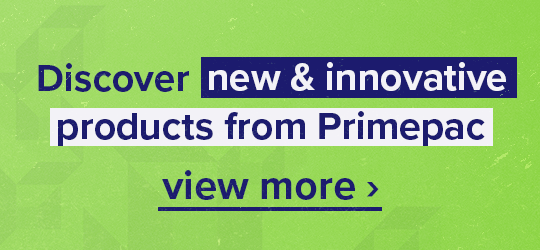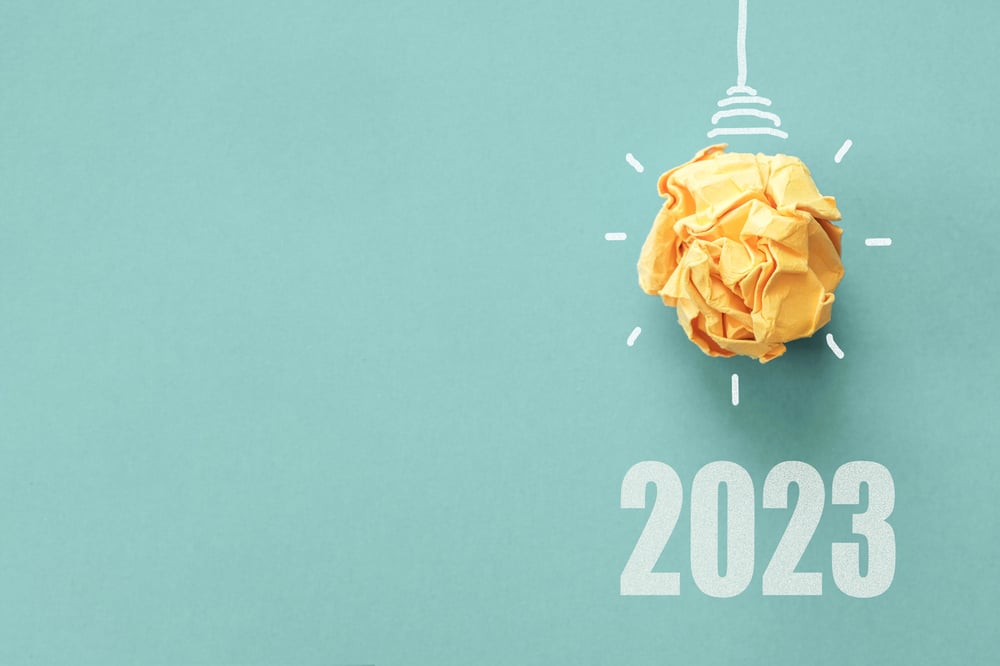
The packaging industry is constantly changing – more so now than ever before. And with new packaging regulations, product development, and consumer preferences, there are sure to be some new trends evolving in the next year.
To get ahead of the changes, you need to know what to expect so that you can prepare your business for the future. From the shift to e-commerce to personalised packaging and sustainability, you’ll find some of our predictions below, for the packaging industry in 2023.
A shift to online and e-commerce

While our first prediction is not a new development, you should expect even more of a shift to e-commerce and online shopping. Since the start of the pandemic, many customers prefer to shop online from the comfort of their own homes. To retain your customers and appeal to new ones, you should therefore be expanding your online offerings and improving your delivery methods.
E-commerce packaging
A good place to start is to ensure you are prepared with the best possible packaging materials. This will depend on what your products are and how well they travel. If your products are fragile, for example, you will need to stock up on protectives like loose fill starch, bubble wraps or poly foam rolls.
To start with, you can check out our list of the top 10 e-commerce supplies for businesses.
Personalised packaging and branding
For many companies, packaging provides a powerful marketing opportunity, especially when the buyer has only interacted online. In 2023, many companies will increase the amount of branding on packaging, particularly with personalised labels, colourful boxes and logos on boxes. These details help to build brand awareness and cultivate customer loyalty, by improving the customer’s experience.
We have our own range of custom packaging options at Primepac which include custom printed tapes, and labels. You can check out the range here.
Sustainable packaging

With more and more regulations in place around plastics and waste, many companies are switching to environmentally conscious packaging practices. More and more consumers value sustainability and our prediction is that sustainable packaging will shift top-of-mind for even more businesses in 2023.
Phasing out single-use plastics
The New Zealand government's phase-out of single-use plastics is already in full swing, with single-use plastic produce bags, plates, bowls, cutlery, straws, and labels all being eliminated by mid-2023.
If you want to be prepared for the transition, you should source alternatives now and stock up ahead of time. Customers expect you to act responsibly by using sustainable options for packaging your orders, so if you want to retain your valued customers, you need to be proactive.
Ban on oxo-degradable plastics
From October 2022, all oxo-degradable plastics will be banned in New Zealand, which means that in 2023, you can expect to see a few alternatives in their place.
Oxo-degradable plastic, made of plastic and various additives, is commonly used to make bread bags, bin liners, magazine wraps, dry-cleaning bags, padded envelopes, and garment packaging. While oxo-degradable might sound like a positive thing, the reality is that they break down into harmful microplastics and can’t be composted safely. And since most of these products are intended for single use, the waste they produce is staggering.
Fortunately, there are alternatives to oxo-degradable plastics that you can start using right away. Here at Primepac we already stock a wide range of sustainable packaging options that will ensure your business can keep up with the plastics phase-out, while still keeping your customers happy.
Reduction in packaging materials
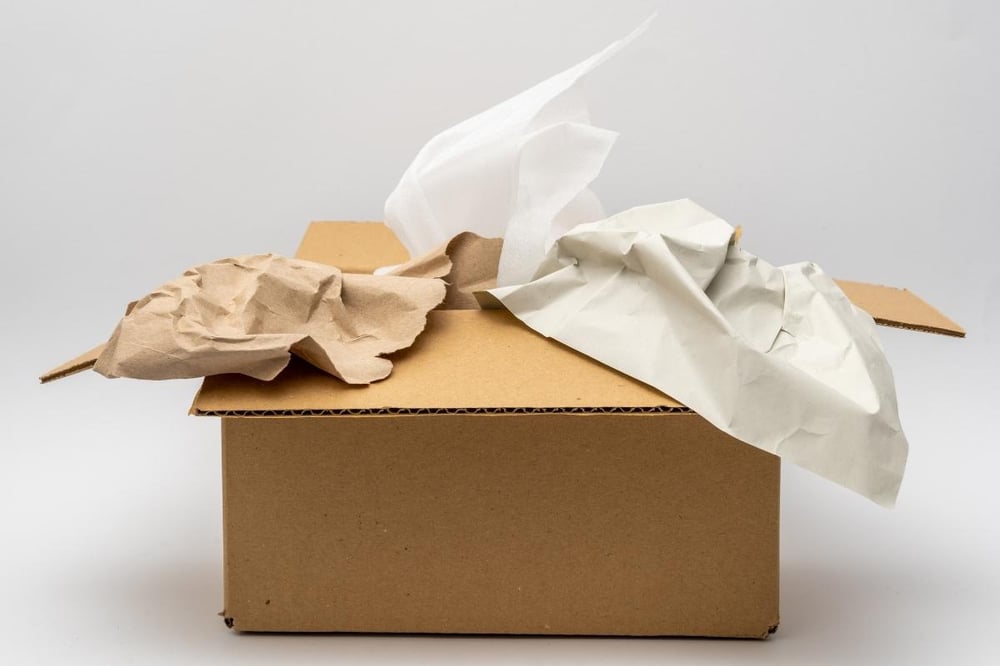
With growing pressure to be sustainable, reduce waste, and save on expenses, we predict that many companies will be reducing the amount of packaging materials they use.
Reducing expenses
The threat of a recession is on everyone’s mind so spending less and only using what you need is crucial. By reducing waste and making your packaging products go further, you can significantly improve your revenue (and lower your carbon footprint).
Material shortages
While making the most of your packaging saves you money, it also helps to protect you from issues with supply and demand. Since the pandemic began, material shortages have been rampant across the globe, and many companies have been unable to get the packaging they need.
In times of economic crisis, you can’t afford to wait, so reducing your packaging materials to the bare essentials is a natural next step. Take the time to consider what can be eliminated from your current packaging processes, whether it be a large change or a small one – every step can save you money and unnecessary packaging waste.
Efficiency and automation in the workplace

With technology evolving, many businesses are adopting tools to make their operations more efficient. In 2023, you can expect to see a rise in warehouse automation in particular, which aims to reduce wasted time and make processes in the workplace more efficient for staff.
Warehouse Management Systems (WMS)
This integrated software is used to consolidate all the processes and programs from your warehouse onto one convenient platform. Warehouse Management Systems are cloud-based and fast-paced, meaning they’re better suited to the warehouse environment than conventional systems.
The right WMS can reduce costs by lowering labour costs and adapting to market fluctuations.
Digital barcodes and mobile scanning devices
QR codes and barcodes have become more prevalent in recent years, and in 2023, many warehouses will adopt them as well. That’s because they help to identify pallets, boxes, and packages much more quickly, without the need to rifle through paperwork or unpack the contents.
If you want to speed up workflows and cut down on wasted time, scannable codes and handheld scanners are sure to make a difference.
Optical Character Recognition
In 2023, we expect to see more and more companies adopting Optical Character Recognition (OCR) in their packaging processes. OCR, or text recognition, can convert information from physical documents and images into digitally readable data, making it the ideal tool for warehouse labelling and organisation. If your business wastes time updating labels or paperwork manually, OCR will be a huge time saver.
At Primepac, we aim to provide the most valuable packaging options to New Zealand businesses. We believe we can make the packaging process as easy as possible for you so that you can focus your time on giving your customers what they need.
To find out more about upcoming packaging trends and how to get ahead, contact us now. We can discuss your 2023 requirements and come up with a plan to make sure you are prepared.



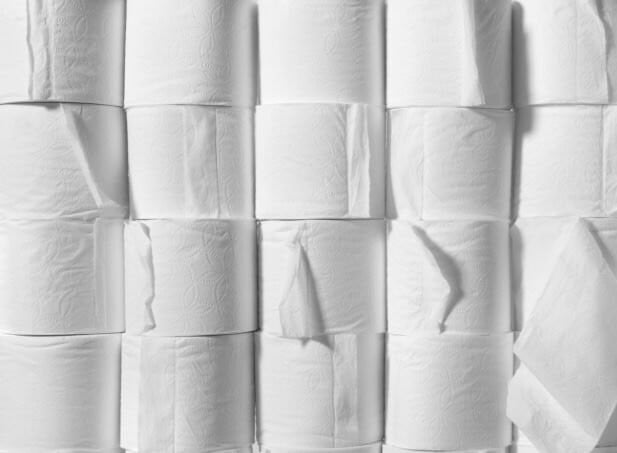
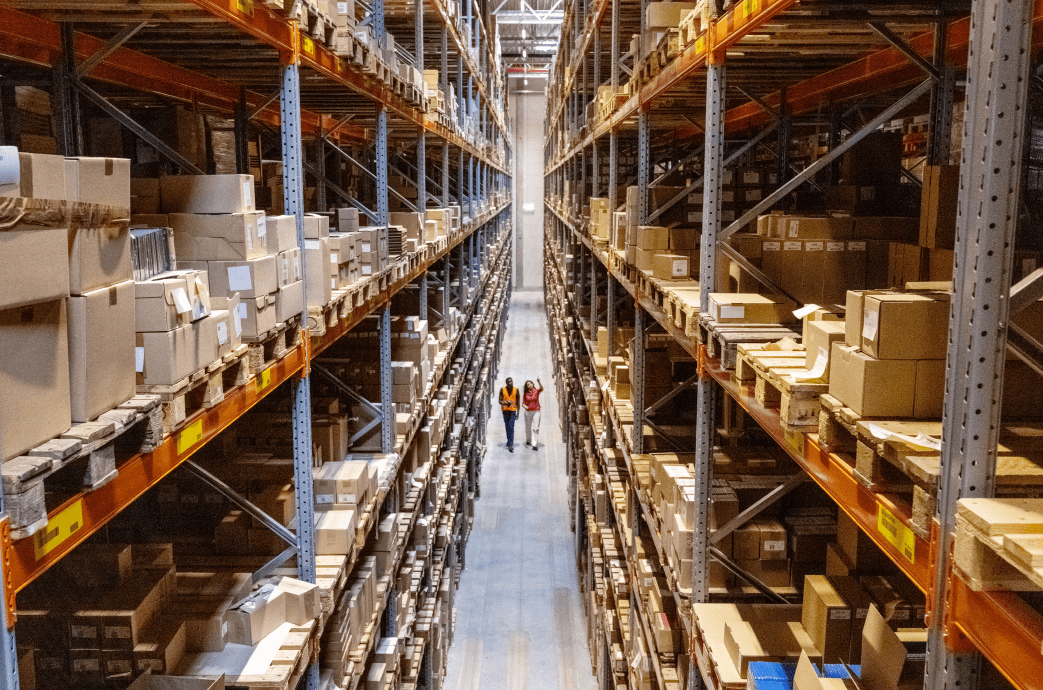
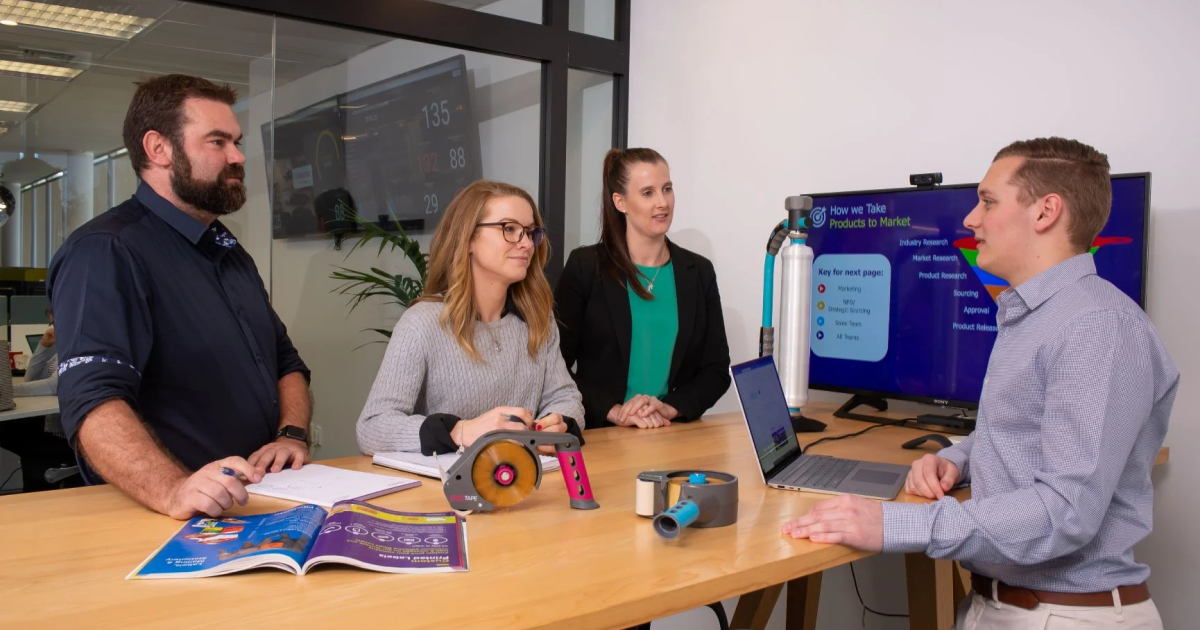
.png)
